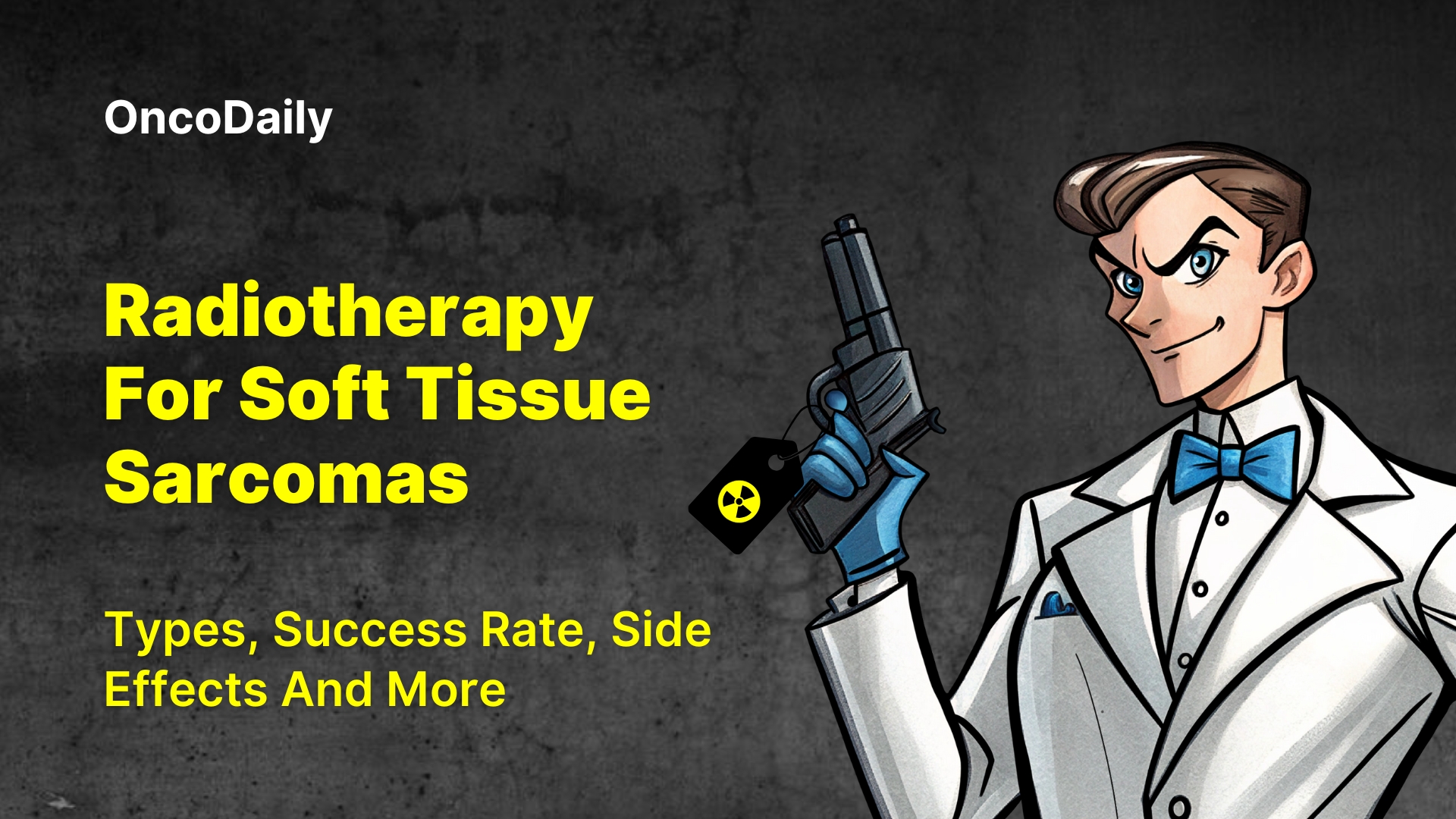The management of soft tissue sarcomas (STS) is one of the most complex challenges in contemporary oncology. Because of the wide heterogeneity of histologic subtypes and the often critical anatomical sites involved, a “one-size-fits-all” strategy has been abandoned in favor of highly personalized approaches. We have seen a clear shift from purely adjuvant (postoperative) treatments to neoadjuvant (preoperative) protocols. This evolution is driven not only by the goal of survival, but also by the need to preserve function and quality of life. By synthesizing data from three key updates, we can outline current standards around biological rationale, precision planning, dose escalation, and the integration of systemic therapies.
Flipping the Script: The Neoadjuvant Advantage
The debate over the optimal timing of radiotherapy has largely been resolved for high-grade extremity tumors. Mateusz et al. (2020) lay out the central argument for the shift: while overall survival is similar between preoperative and postoperative radiation, the toxicity profiles are very different. They emphasize that neoadjuvant radiotherapy (RT) is associated mainly with acute wound complications—which are generally reversible—whereas adjuvant RT leads to late, irreversible fibrosis and joint stiffness.
Siyer et al. (2022) build on this, concluding that preoperative RT is now the clear standard of care for high-grade extremity and trunk wall STS, since preventing permanent functional disability is crucial for long-term survivors.
The Art of Precision: Volumes and Margins
Effective neoadjuvant treatment depends on meticulous target delineation to spare uninvolved tissues. Mateusz et al. (2020) stress that the Gross Tumor Volume (GTV) should be defined on T1 post-gadolinium MRI, while the Clinical Target Volume (CTV) must include peritumoral edema visualized on T2-weighted sequences.
Siyer et al. (2022) provide a practical “recipe” for margins, incorporating anatomic constraints:
Deep STS:
- GTV expansion of ~1.5 cm radially
- 3–4 cm longitudinally
Subcutaneous STS:
- 3–4 cm circumferentially
- 0.5–1 cm into the underlying muscle
Both groups highlight that these margins are not meant to be rigid, spherical expansions; they should be cropped at natural anatomic barriers such as fascia and bone to protect the functional corridor of the limb.

Read Our Article About Radiotherapy of Soft Tissue Sarcomas
Synergy and Survival: Redefining Toxicity
Historically, concerns about wound complications limited enthusiasm for neoadjuvant intensification. More recent real-world data from D. et al. (2024) are challenging that mindset. In a large cohort where 82% of patients received concurrent anthracycline-based chemotherapy and 34% were treated with Intensity-Modulated Radiotherapy (IMRT), the wound complication rate was only 16%—less than half of the 35% rate reported in older landmark trials cited by Mateusz et al. (2020).
Importantly, D. et al. (2024) showed that adding chemotherapy did not significantly increase wound-related toxicity. Treatment intensification was feasible and safe, achieving a 93% R0 resection rate. They also identified key prognostic factors:
- Grade 3 disease and R1 resections were strongly associated with worse outcomes.
- Undifferentiated pleomorphic sarcoma (UPS) emerged as an independent predictor of poorer survival, marking it as a subgroup urgently in need of novel therapeutic strategies.
Location Matters: The Retroperitoneal Challenge
It is essential to recognize that the retroperitoneum is not analogous to an extremity. Siyer et al. (2022) clearly state that neoadjuvant RT is not a universal standard for retroperitoneal sarcomas. Drawing on the STREXIT analysis, they note that the potential benefit of preoperative radiation appears largely confined to well-differentiated and dedifferentiated liposarcomas.
For these patients, highly sophisticated planning is required. Use of 4D-CT to account for respiratory motion is critical to safely deliver dose-escalated RT to the posterior abdominal wall while sparing organs at risk such as the kidneys and bowel.
Sources
Neoadjuvant Treatment Options in Soft Tissue Sarcomas
Update on Dosing and Fractionation for Neoadjuvant Radiotherapy for Localized Soft Tissue Sarcoma
Neoadjuvant (Chemo-) Radiotherapy for Locally Advanced Soft Tissue Sarcoma
